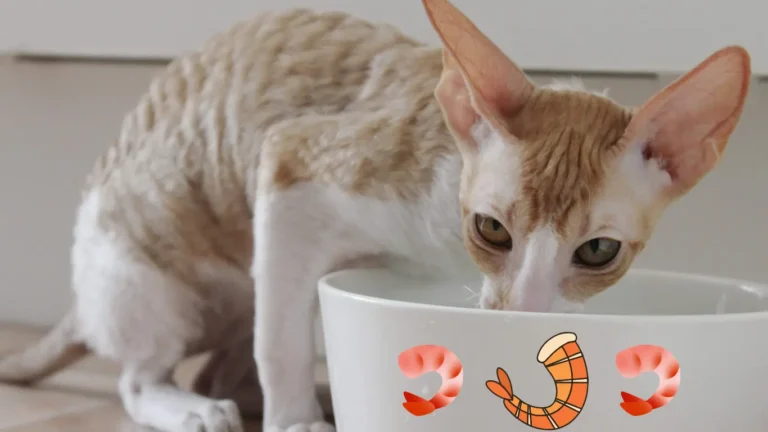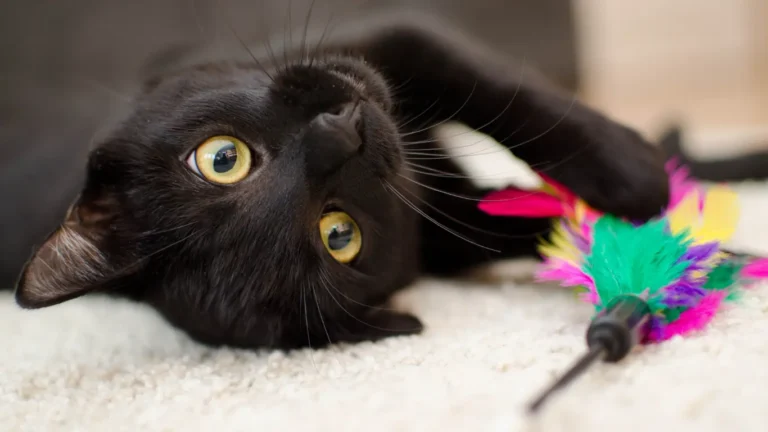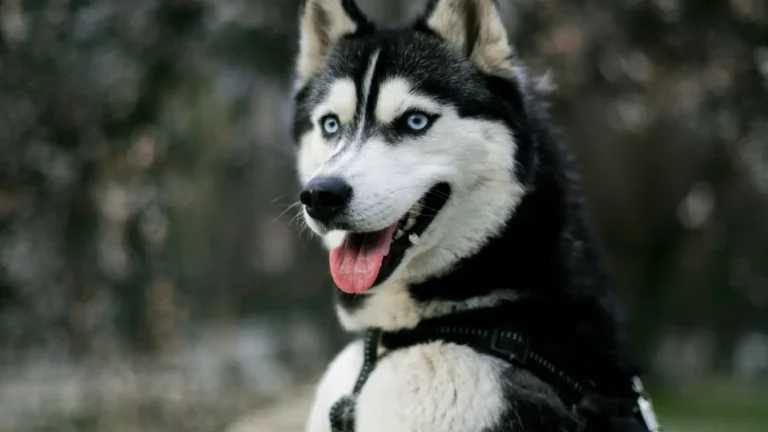How to Potty Train a Puppy: A Step-by-Step Guide for Success
A puppy dog is trained for potty is one of the most essential tasks. That’s a challenging task for pet owners. A well-trained puppy dog leads to a happier life. Smaller accidents and a stronger bond between you and your furry friend.
This guide will help you through effective puppy dog potty- training techniques.However, this guide will help you by feeding tips and common miscalculations to avoid to insure success, If you have any questions.
Understanding Puppy Potty Training Basics
Before training methods, it’s important to understand how puppies learn. Puppies have small bladders and limited control.
This means they need frequent bathroom breaks. Consistency, tolerance, and positive stay are crucial to successful toilet training.
When to Start Potty Training a Puppy
Most puppies can begin potty training as early as 8 to 12 weeks old. Younger puppies may need more frequent breaks. While older puppies can hold their bladder longer.
How Long Does Potty Training Take?
The duration varies, but most puppies are housebroken by 4 to 6 months. Some breeds take long time, depending on training methods.
Step-by-Step Puppy Potty Training Guide

Establish a Routine
Puppies thrive on consistency. Create a potty schedule with regular intervals for bathroom breaks:
- First thing in the morning
- After meals (within 15-30 minutes)
- After naps or playtime
- Before bedtime
Take your puppy to the same designated potty area each time to reinforce the habit.
Choose a Potty Spot
Decide whether your puppy will go outside or use indoor puppy pads. If outdoors, pick a specific spot to encourage scent recognition.
Use a Crate for Training
Crate training helps with bladder control since dogs avoid soiling their sleeping area. Follow these crate training tips:
- Choose a crate that’s just big enough for your puppy to stand and turn around.
- Gradually increase crate time to avoid anxiety.
- Never use the crate as punishment.
Watch for Potty Signals
Puppies often show signs before they need to go, such as:
- Sniffing or circling
- Whining or scratching
- Sudden restlessness
Interrupt accidents with a gentle “No” and quickly take them outside.
Reward Good Behavior
Positive reinforcement is the best way to train a puppy to potty outside. When they go to the right spot:
- Praise enthusiastically (“Good job!”).
- Offer a small treat immediately.
- Keep rewards consistent to reinforce the behavior.
Handle Accidents Calmly
Mistakes happen—never punish your puppy for accidents. Instead:
- Clean thoroughly with an enzyme cleaner to remove odors.
- Stay patient and stick to the routine.
Common Potty Training Challenges & Solutions
Puppy Won’t Pee Outside
If your puppy refuses to go outdoors:
- Stay outside longer (up to 15 minutes).
- Use a leash to keep them in the potty area.
- Reward even small successes.
Frequent Nighttime Accidents
To prevent overnight accidents:
- Limit water intake 1-2 hours before bed.
- Take a final potty break right before sleep.
- Use a crate to discourage accidents.
Regression in Training
If your puppy starts having accidents after progress:
- Revisit the potty schedule.
- Rule out medical issues (UTIs, parasites).
- Avoid changes in routine that may cause stress.
Advanced Potty Training Tips
Bell Training for Potty Signals
Teach your puppy to ring a bell when they need to go:
- Hang a bell by the door.
- Ring it before each potty trip.
- Reward them when they touch or ring it themselves.
Transitioning from Pads to Outdoors
If you started with puppy pads but want to switch to outdoor pottying:
- Gradually move the pad closer to the door.
- Eventually place it outside, then remove it entirely.
Training in All Weather Conditions
Help your puppy get comfortable going outside in rain or snow:
- Use a covered potty area if possible.
- Reward bravery with extra treats.
- Keep trips brief but consistent.
Final Thoughts
Potty training requires time, thickness, and positive stay. Every puppy dog learns at their own pace. So stay patient. With the right approach, your puppy dog will master housebreaking in no time.
FAQs
What is the Easiest Way to Potty Train a Puppy?
The easiest way to potty train a puppy is Here’s how:
- Take your puppy outside frequently (after meals, naps, and playtime).
- Use a command (like “Go potty”) to associate with the action.
- Reward immediately with treats and praise when they go outside.
- Supervise closely indoors and watch for signs (sniffing, circling).
- Use a crate when unsupervised to prevent accidents (dogs avoid soiling their sleeping area).
How Long Does it Take to Potty Train a Puppy?
Maximum puppies take 4 to 6 months to be completely toilet trained, but some may learn faster( a many weeks) while others take longer( up to a time). lower types and youngish puppies generally take further time due to lower bladders.
What is the 10-10-10 Rule for Puppies?
The 10-10-10 rule is a simple potty training schedule:
- Take the puppy out every 10 minutes during active play.
- After 10 seconds of no action, return inside (to avoid distractions).
- If they potty, reward within 10 seconds for positive reinforcement.
What Age Should a Puppy Be Toilet Trained By?
Utmost puppies can be basically potty trained by 4 to 6 months, but full trustability( no accidents) may take until 8 to 12 months, depending on the strain and thickness in training. lower types may take longer due to slower bladder control development.







